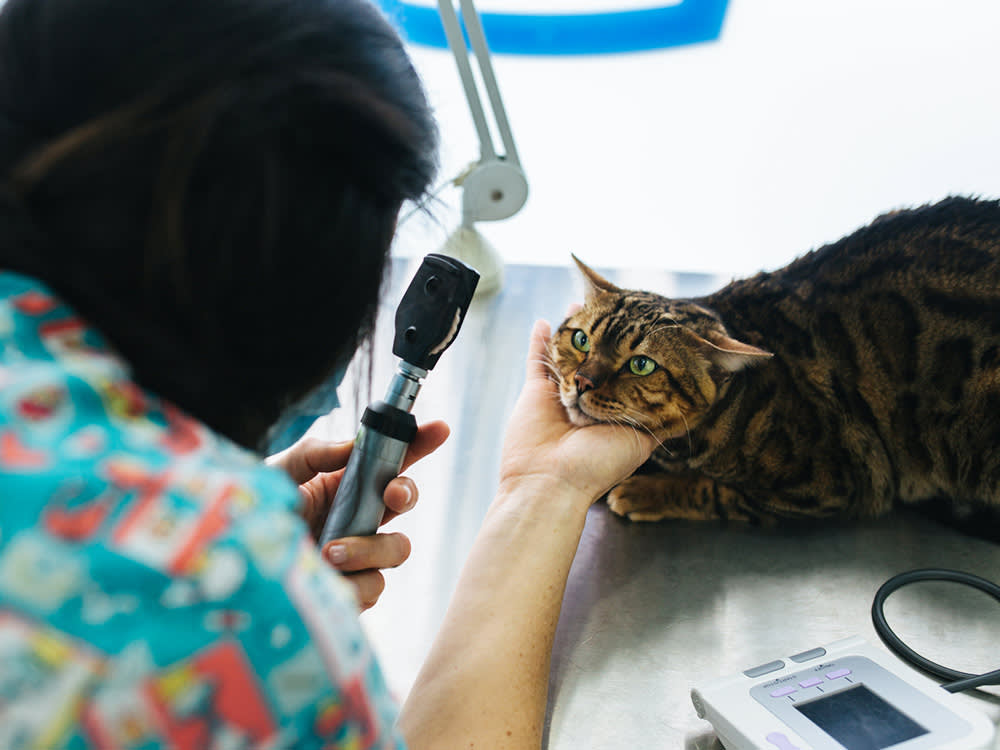Why Do I Have to Pay an Adoption Fee?
If you’re helping out a homeless pet, shouldn’t that be worth a freebie? The reality is, it costs a lot of money to care for shelter animals and to keep a shelter clean and safe.
They say nothing in life is free. Often there’s a deep philosophical meaning to that statement, but sometimes it just means you need to cough up cash for something you want. Pet adoption fees are one of those times.
If you’re looking to get a pet from a shelter or rescue, there’s almost always an adoption fee based on the pet you choose. But how are those fees decided? And how does the money you paid for your new pet get used? Every organization is a little different, but most take a similar approach. To get a general overview, we talked with Sam Ellingson, Associate Director of Marketing and Communications at Humane Society for Southwest Washingtonopens in new tab.
Why Charge a Fee at All?
If you’re helping out a homeless pet, shouldn’t that be worth a freebie? Ah, if only it were that simple. The reality is, it costs a lot of money to care for homeless pets and to keep a shelter clean, safe, and running effectively. “Adoption fees help cover the cost of care for the animals staying with us,” says Ellingson. “That includes food, vaccines, spay or neuter surgery, or advanced medical care. It also pays for the staff that cleans up after the pets, takes them for walks, and plays with them. And of course, there are operational expenses to keep the facility up and running.”
Rescues that operate with a network of foster homes don’t have the overhead of a dedicated facility and may have a smaller staff. Still, they take on the same costs of caring for pets. They also may spend money driving pets to and from local adoption events or to homes of prospective pet parents.
Many organizations also transfer pets between shelters. Why? Because some pets may be in crowded, high-kill shelters in one part of the country while a rescue in another part of the country has room to take in more pets. These groups work together to transport pets to the place that gives them the best chance of being adopted. The cost is worth it, but it can add up.
Factors That Might Affect the Fee
The age and health of a pet can influence the adoption fee. Generally speaking, puppies and kittens have the highest fees, healthy adult pets are in the middle, and seniors or pets with health conditions have the lowest fees. There are a few common reasons for that. “Puppies and kittens require a lot of care, especially when they come to us very young,” says Ellingson. “Healthy adults, on the other hand, may have already received initial vaccines and been microchipped or neutered.”
Senior pets may require more care, and they also tend to stay in the shelter longer before being adopted, but lower fees for these pets can help incentivize pet parents to adopt them. Since puppies and kittens are always in demand, their higher fees can help subsidize the older pets that are there longer. But not all fees are set in stone. “Sometimes, if we know a pet will require a higher level of care once adopted, we may reduce the fee to help compensate for the costs the new pet owner will be taking on.”
Additional Ways the Money is Put to Use
Besides caring for homeless pets and keeping the lights on, shelters and rescue organizations often put money toward helping their local communities. “We offer a number of community programs,” says Ellingson, “including food programs, vaccine clinics, and other services that help keep pets in their homes.” Unfortunately, the adoption fees don’t generally come close to covering everything we’ve listed. Shelters and rescues also rely heavily on fundraising events, corporate donations, and local sponsorships. It takes a village.


